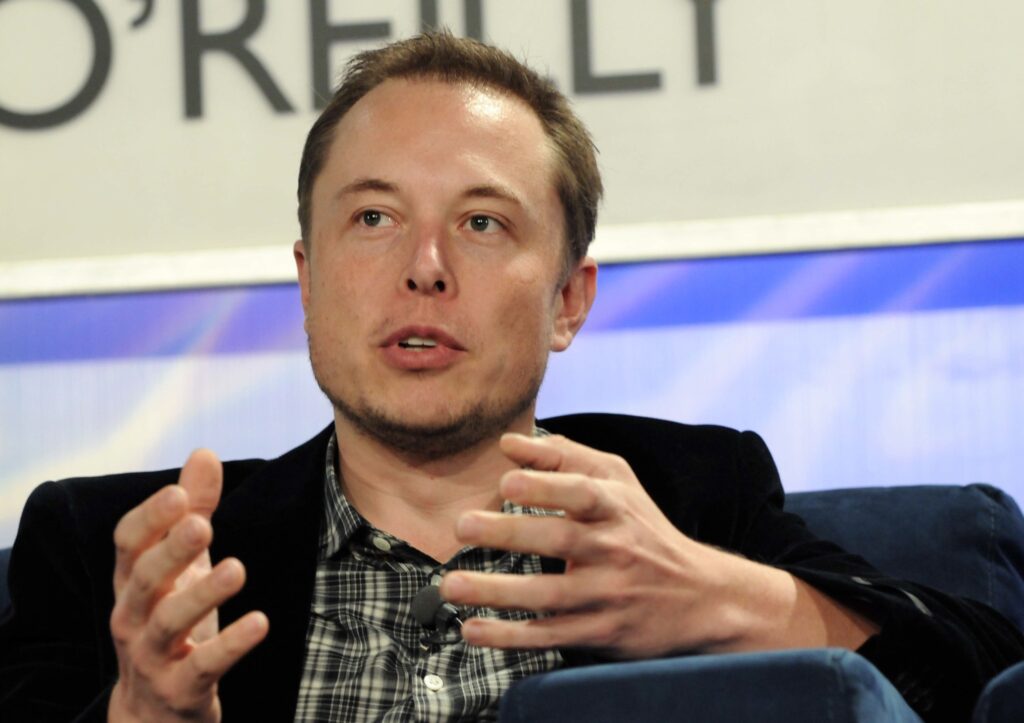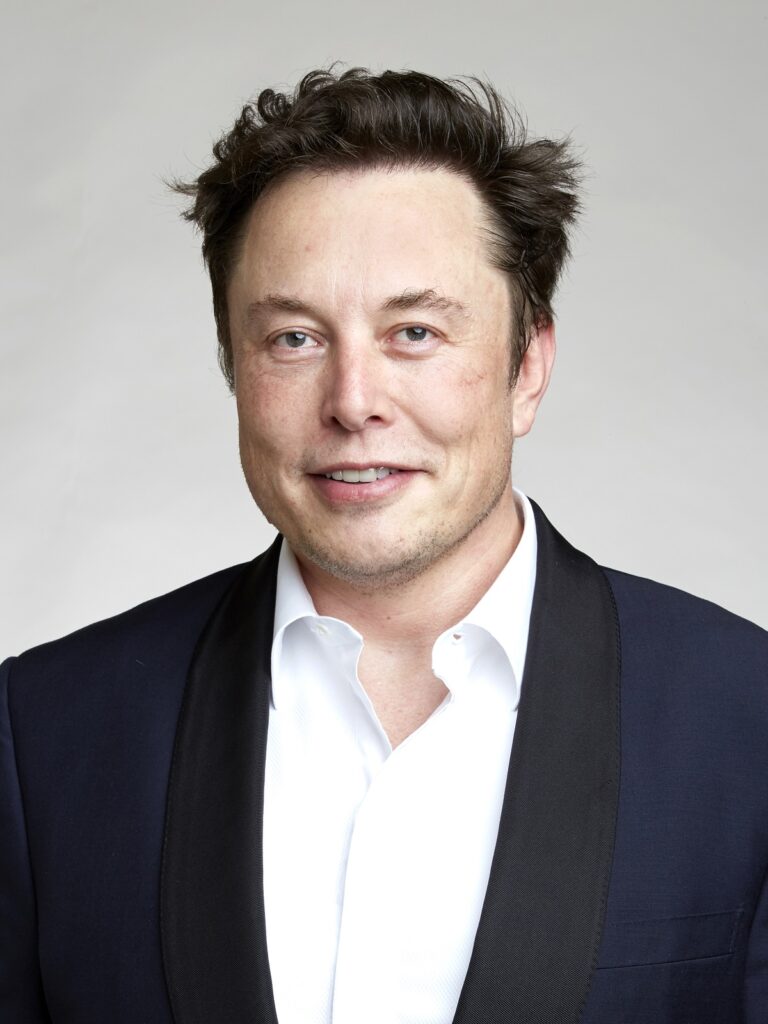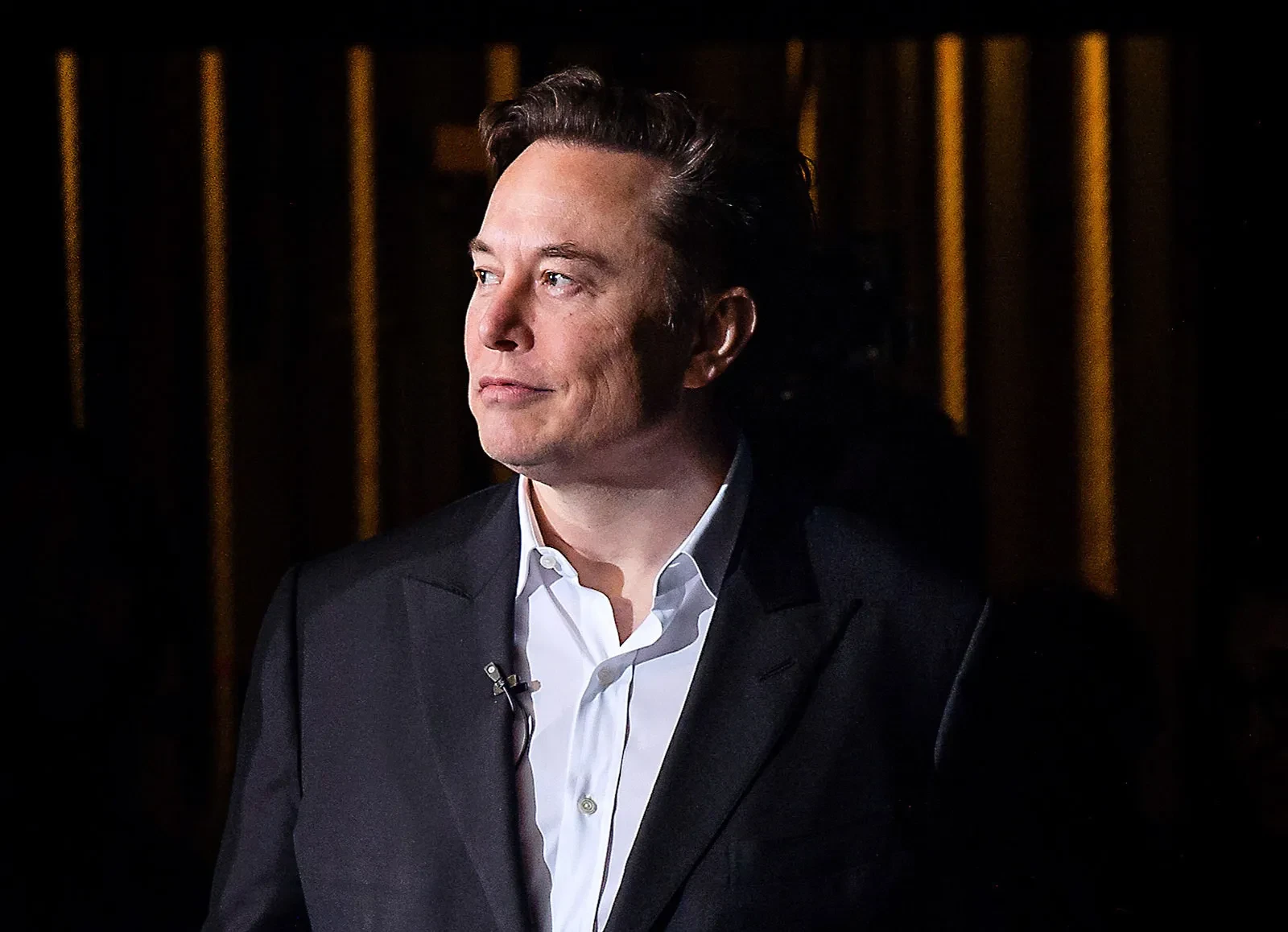In a move that underscores his relentless ambition to transform space exploration, Elon Musk has announced that SpaceX’s colossal Starship rocket is slated to depart for Mars at the end of 2026. In an intriguing twist to his interplanetary plans, Musk revealed that the maiden voyage will include Tesla’s humanoid robot, Optimus, as a trailblazer for future missions. This daring announcement, made on his social platform X, not only reaffirms Musk’s commitment to reaching Mars but also hints at human missions potentially commencing as early as 2029—though some experts suggest 2031 might be more realistic.
A New Era of Interplanetary Exploration
Musk’s vision for a Mars-bound Starship represents a significant leap in the evolution of space travel. The Starship rocket, currently the largest and most powerful vehicle ever built, is designed with an eye toward complete reusability—a feature that could dramatically reduce the cost of launching missions beyond Earth. Standing an impressive 403 feet tall (roughly 123 meters), the vehicle towers over many iconic landmarks and symbolizes the scale of ambition required for Mars colonization.
By incorporating Tesla’s Optimus robot into the mission, Musk is adding a new dimension to what a deep-space voyage might entail. Optimus, which made its public debut last year, is envisioned to perform routine tasks on Mars—ranging from infrastructure maintenance to basic companionship for future colonists. Priced between $20,000 and $30,000, these humanoid robots could become an integral part of the Martian landscape, assisting astronauts in the harsh and unforgiving environment of another planet.
The Role of Optimus: More Than Just a Test Passenger
The inclusion of Optimus on the Starship mission is far from a gimmick. Musk has described the robot as an essential precursor to human expeditions. In a sense, Optimus will serve as both a test subject and an ambassador for what robotic assistants could achieve in extraterrestrial settings. The robot’s capabilities—ranging from performing mundane tasks to offering a form of interactive support—could be vital for establishing a sustainable human presence on Mars.

Musk envisions a future where these robots work alongside human settlers, reducing the burden of repetitive labor and creating a safer, more efficient environment for pioneering life on the Red Planet. As SpaceX continues to push technological boundaries, the successful deployment of Optimus could pave the way for an era where human and robotic cooperation becomes the norm in space exploration.
Paving the Way for Human Missions
While the initial Starship mission will be uncrewed, Musk’s roadmap for Mars is clear: human landings could follow as soon as 2029 if the preliminary missions yield promising results. However, some analysts believe that 2031 may be a more attainable target, given the technical and logistical challenges inherent in crewed interplanetary travel. Before human life can be safely transported to Mars, SpaceX must demonstrate that Starship can operate reliably, endure the rigors of deep-space travel, and perform complex in-orbit refueling—a critical component for any mission venturing far from Earth.
The upcoming tests will be crucial in validating the design and operational readiness of Starship. Success in these trials will not only boost confidence in the technology but also help secure the necessary regulatory approvals and public support for the ambitious project.
Overcoming Setbacks: The Learning Curve of Space Innovation
No groundbreaking venture comes without its challenges, and SpaceX has encountered its fair share along the journey. Recently, the company experienced a setback when a test flight of a Starship prototype ended in a fiery explosion shortly after liftoff. Although the booster was successfully caught during its orbital trial, the upper stage lost control and tumbled uncontrollably—its live video feed abruptly cutting out as red-hot debris was seen cascading over the Bahamas. This incident marked the eighth uncrewed orbital test and underscored the inherent risks of pioneering new technology.
The Federal Aviation Administration (FAA) has mandated a thorough investigation into the mishap before SpaceX can resume flight operations. Despite these challenges, SpaceX’s “fail fast, learn fast” philosophy remains a cornerstone of its approach to innovation. Each setback is viewed as an opportunity to refine and enhance the technology, ensuring that when the time comes for a crewed mission, every system will have been rigorously tested and optimized.
International Collaboration and the Artemis Connection
While SpaceX eyes Mars, its Starship also plays a role in broader international space endeavors. NASA has expressed keen interest in a modified version of Starship to serve as a lunar lander for its Artemis programme, which aims to return astronauts to the Moon within this decade. This dual-purpose design highlights Starship’s versatility and underscores the importance of collaboration between private companies and government space agencies.

For NASA, the success of Starship as a lunar lander could open new avenues for sustainable space exploration and serve as a stepping stone toward more ambitious missions, including the long-term goal of establishing a human presence on Mars. Such partnerships are vital in pushing the boundaries of what is possible in space travel, blending the agility and innovation of the private sector with the extensive experience and resources of national space agencies.
Regulatory Hurdles and Political Intricacies
Musk’s ambitious plans for interplanetary travel have not been without controversy. His close ties with former President Donald Trump and his influence over federal regulatory bodies have raised questions about potential conflicts of interest, particularly when it comes to the oversight of safety and environmental standards. During the Biden administration, Musk has frequently clashed with the FAA, accusing the agency of imposing excessive regulations that could stifle innovation at SpaceX.
These tensions highlight the delicate balance that companies like SpaceX must strike between pushing the envelope of technological advancement and adhering to strict safety protocols. The regulatory environment is constantly evolving, and ensuring that new ventures meet the necessary standards is critical—not only for the success of individual missions but also for maintaining public trust in the broader space exploration enterprise.
The Vision of a Multi-Planetary Future
Musk’s declaration of a Mars-bound Starship carrying Optimus is emblematic of his broader vision: a future where humanity becomes a multi-planetary species. This vision is not merely about exploring new worlds; it is about ensuring the long-term survival of our species. By establishing a self-sustaining colony on Mars, Musk believes that humanity can safeguard itself against existential threats and unlock new opportunities for growth, innovation, and discovery.
The journey to Mars is laden with challenges, from the technical hurdles of space travel to the complex logistics of sustaining life on an alien planet. However, the potential rewards—a new frontier for scientific discovery, economic development, and even cultural evolution—are immense. In Musk’s view, the risks are justified by the promise of a brighter, more resilient future for humanity.
Looking Ahead: A Timeline of Ambition
The timeline outlined by Musk is ambitious yet carefully calibrated. With Starship scheduled for a Mars launch at the end of 2026, the next few years will be critical for both technological development and rigorous testing. Should the early missions, including the one featuring Optimus, prove successful, the prospect of sending humans to Mars as early as 2029 could become a reality. Even if a delay pushes the timeline to 2031, the rapid pace of innovation at SpaceX suggests that significant milestones in space exploration are on the horizon.
Each test flight, each iteration of the Starship design, brings the dream of Mars colonization closer to fruition. The current setbacks, while significant, are integral to the process of perfecting a technology that has the potential to redefine human existence.
Conclusion: Charting a Bold Course for the Future
Elon Musk’s recent announcement has set the stage for one of the most ambitious space exploration projects of our time. By launching the Starship rocket with Tesla’s Optimus robot onboard, SpaceX is taking a giant leap toward making human life interplanetary. The integration of advanced robotics with cutting-edge rocket technology not only exemplifies the spirit of innovation but also lays the groundwork for a future where humans and machines work side by side to conquer the challenges of deep-space exploration.
As the countdown to 2026 begins, the world watches with bated breath. The coming years will be marked by rapid advancements, unforeseen challenges, and the relentless pursuit of a dream that has captivated humanity for generations. Whether human landings on Mars commence in 2029 or later, one thing is certain: the journey toward becoming a multi-planetary species is well underway. With each test flight and each successful mission, SpaceX is not only charting a course to Mars but also inspiring a new era of exploration that promises to transform our understanding of what is possible in the universe.
In a landscape where the boundaries of science fiction and reality blur, Elon Musk’s vision stands as a testament to the power of ambition, innovation, and the enduring human spirit. As Starship prepares for its historic voyage, the mission to Mars is no longer a distant dream but an impending reality—one that could redefine our place in the cosmos and usher in a new chapter of human achievement.










